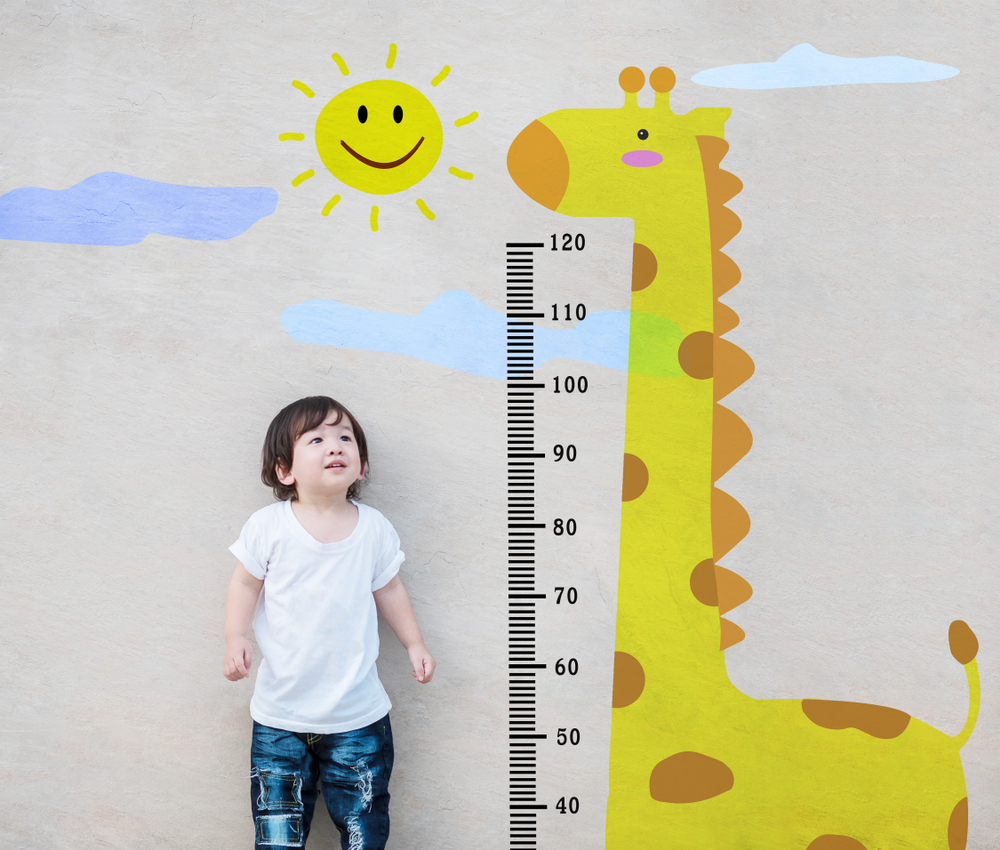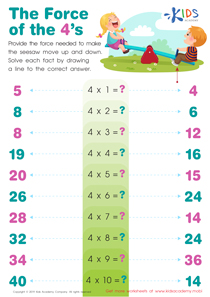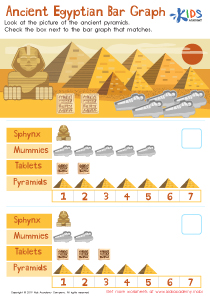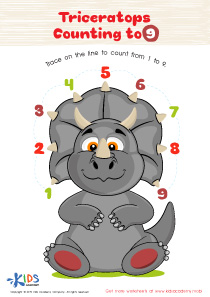Data interpretation Easy Measurement Worksheets for Ages 5-8
7 filtered results
-
From - To
Discover our Data Interpretation Easy Measurement Worksheets expertly designed for children ages 5-8. These engaging, age-appropriate activities make learning fun and accessible, helping young learners build essential skills in data interpretation and measurement. Through colorful graphics, interactive exercises, and real-life examples, kids can effortlessly grasp concepts like reading charts, comparing quantities, and understanding basic graphs. Perfect for both classroom use and home practice, our worksheets are crafted to spark curiosity and boost confidence in math. Equip your child with the tools they need to excel in data interpretation and develop a strong mathematical foundation.


Fruit Math: Picture Graphs Worksheet
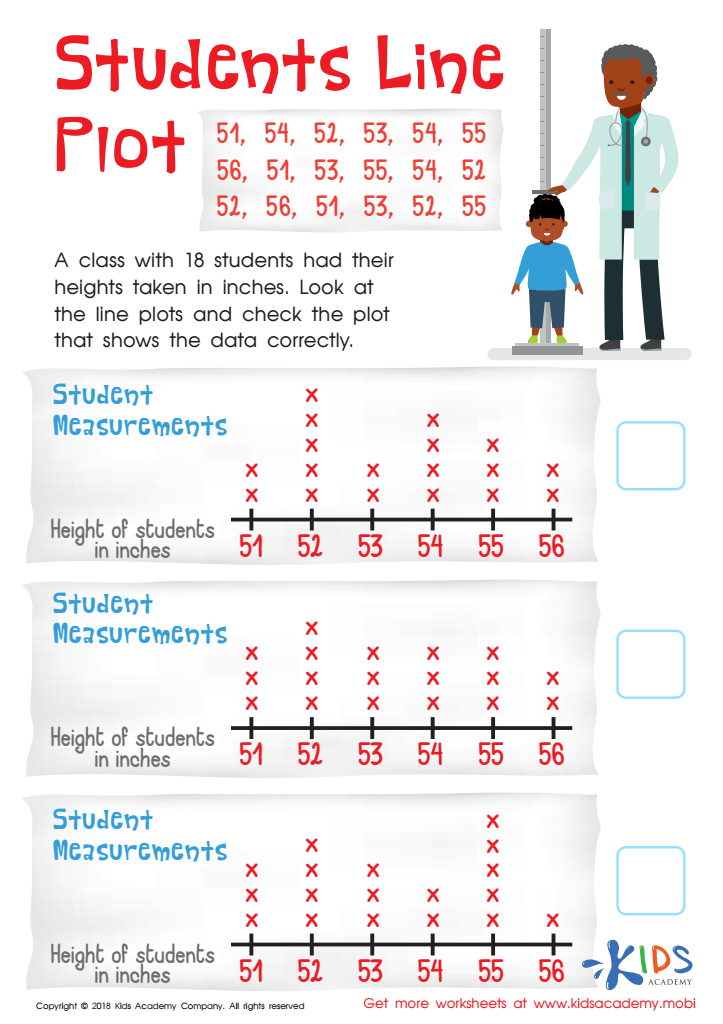

Students Line Plot Worksheet
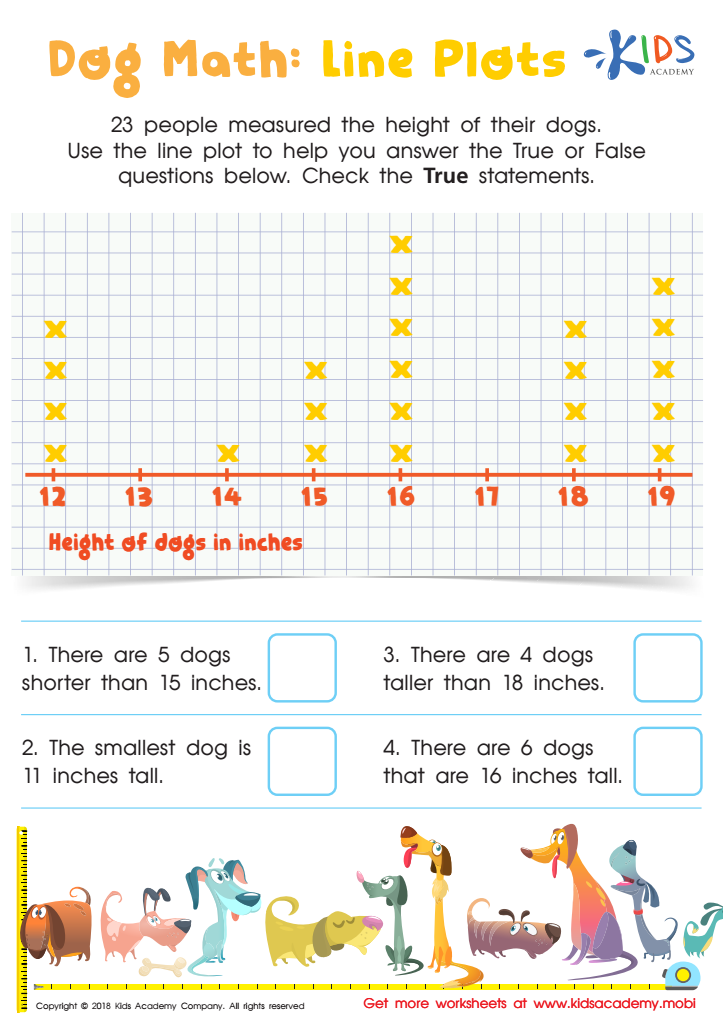

Dog Math: Line Plots Worksheet
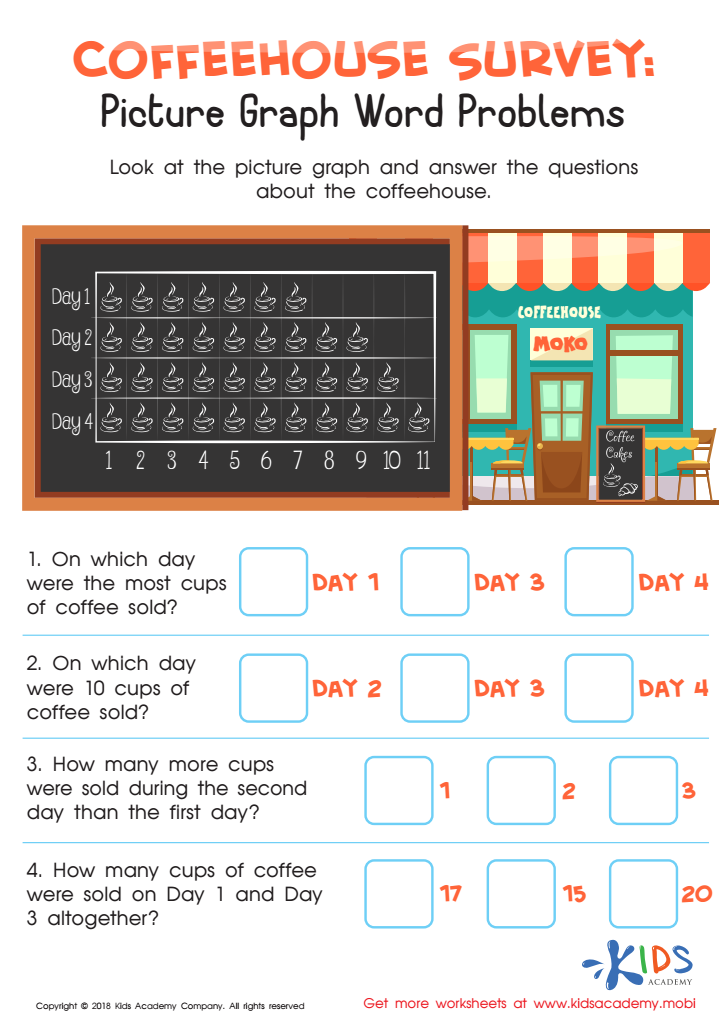

Coffeehouse Survey: Picture Graph Word Problems Worksheet
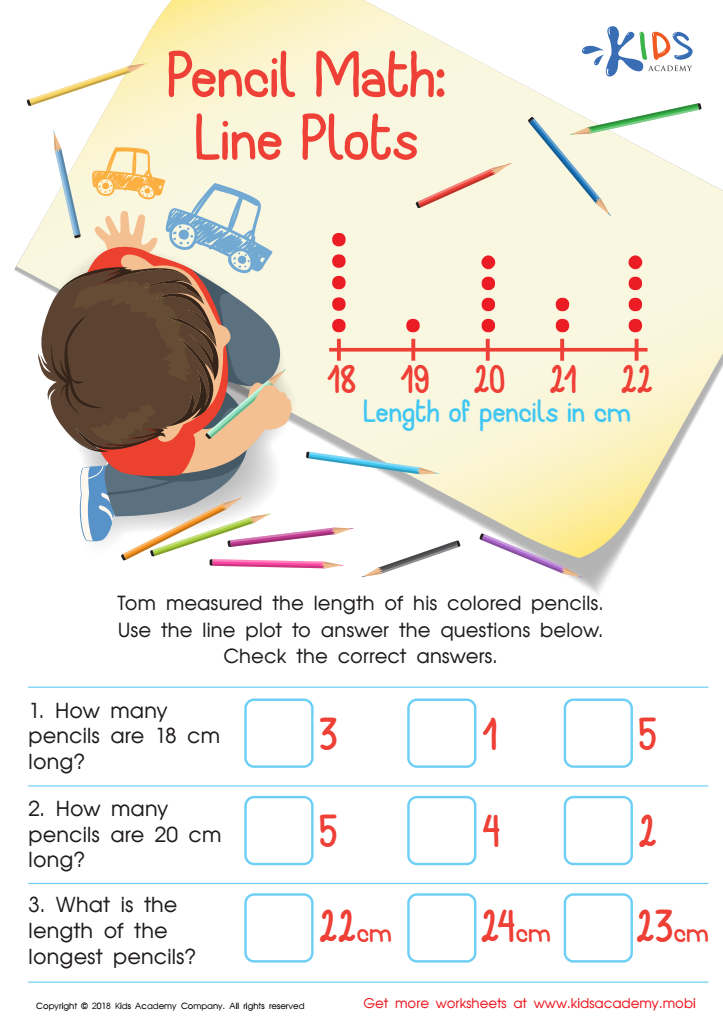

Pencil Math: Line Plots Worksheet
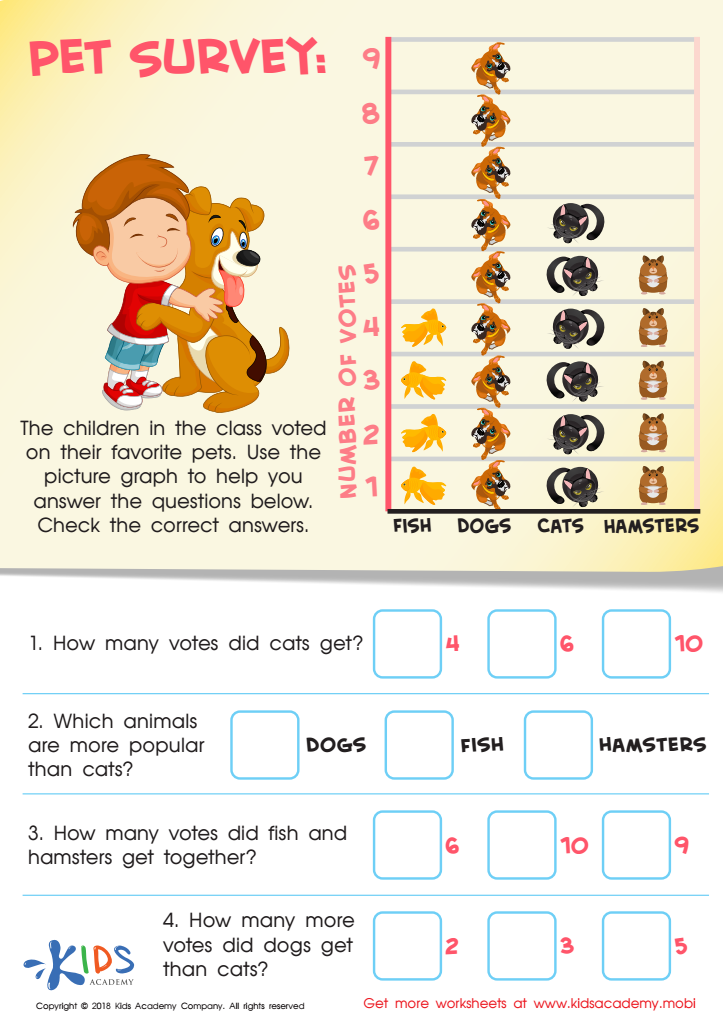

Pet Survey Worksheet
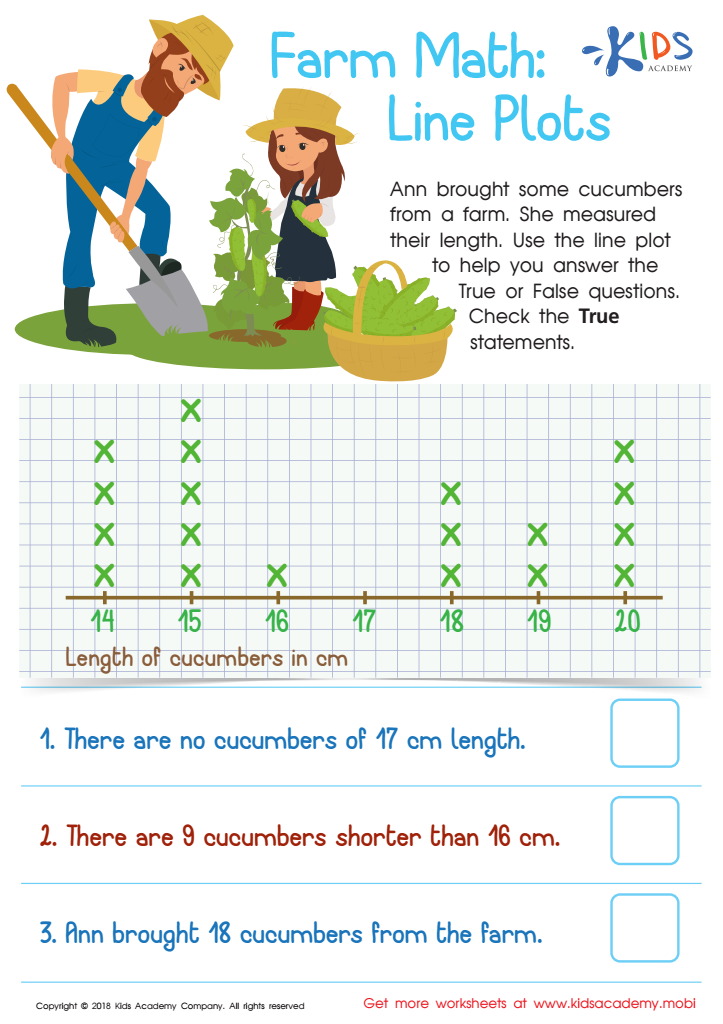

Farm Math: Line Plots Worksheet
Data interpretation and easy measurement are foundational skills essential for children aged 5-8 as they foster critical thinking, problem-solving, and quantitative literacy. Parents and teachers should consider these skills fundamental components of early education for several reasons.
Firstly, teaching children to interpret data involves helping them understand graphs, charts, and basic numerical information—skills that are increasingly important in our data-driven world. These abilities enable young learners to make sense of numbers and patterns in their daily lives, from comparing toy prices to understanding weather charts.
Secondly, easy measurement concepts, such as understanding lengths, weights, and volumes, offer practical life skills. Through measurement activities, children learn to follow directions, increase their attention to detail, and apply mathematical concepts in real-world contexts. These activities often spark curiosity and engagement, making learning both fun and relevant.
Moreover, mastering these skills at an early age forms a solid foundation for more complex mathematical and scientific learning in later grades. It nurtures cognitive development and fosters a positive attitude towards math and science, subjects critical for future academic and career success.
Hence, by integrating data interpretation and easy measurement activities into early education, parents and teachers can significantly support a child's overall development, continuous academic growth, and lifelong curiosity.

 Assign to My Students
Assign to My Students


